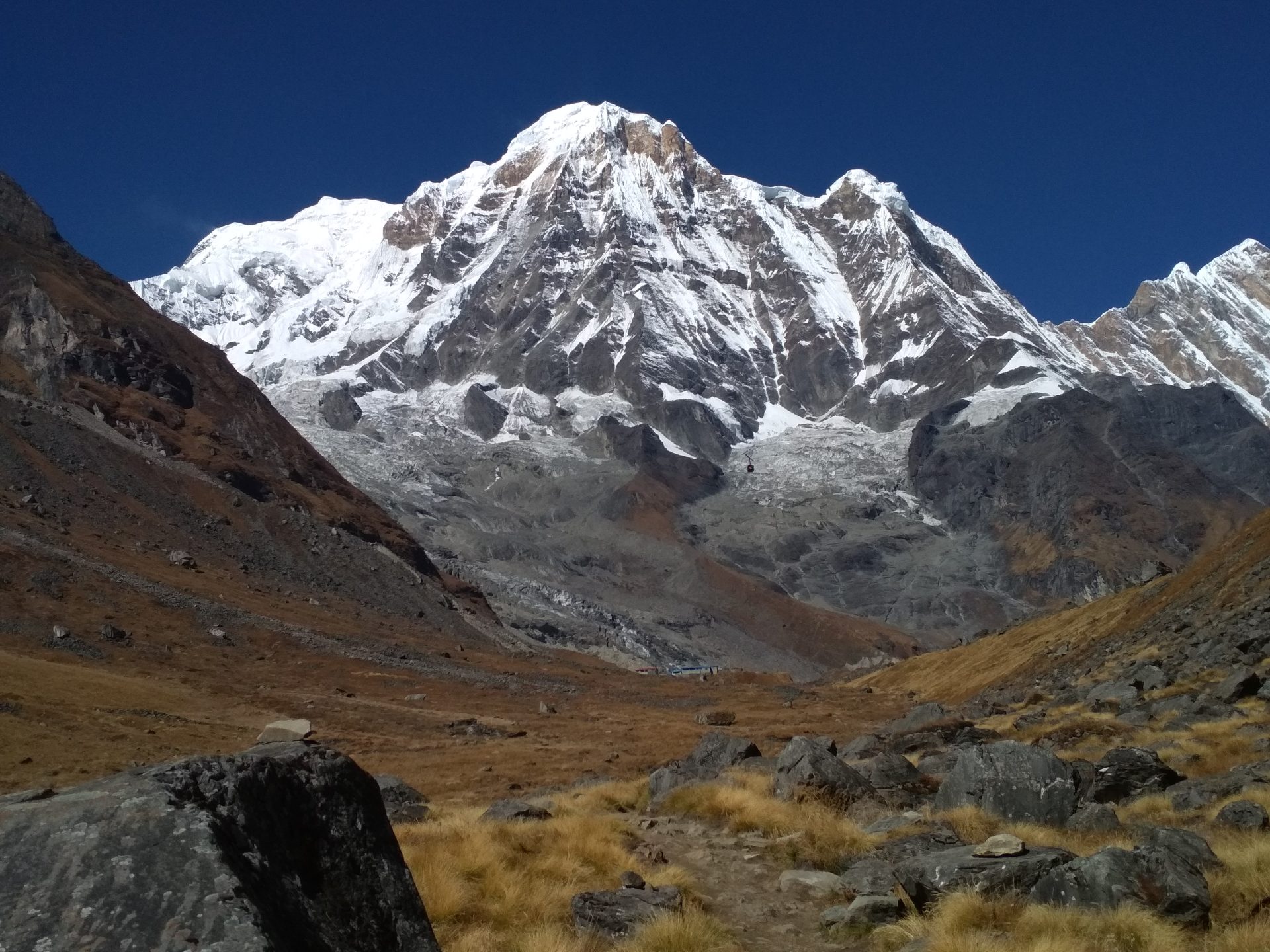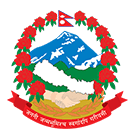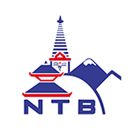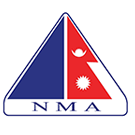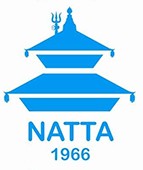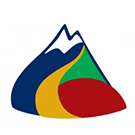On average, you will trek for 5–7 hours per day, covering a distance of 10–15 kilometres (6-9 miles). However, this can vary depending on your pace and the specific itinerary you choose.
Archives: FAQ
What are the highlights of Annapurna Base Camp Trek?
The trek offers stunning mountain views, diverse landscapes, encounters with local culture, and the reward of reaching the base camp of one of the world’s highest peaks. Machapuchare (Fishtail) and Annapurna South are some of the prominent peaks you’ll see. Read more
Is it possible to join a group to trek Annapurna Base Camp?
Nepal Sanctuary Treks does not run fixed departure treks. However, we shall be more than happy to organise solo, family, or FITs group.
Are there any health risks or altitude sickness concerns on the trek?
Altitude sickness can be a serious risk for trekkers at high elevations, so it’s important to acclimatize properly. Start slowly to give your body time to adjust, and stay hydrated, as dehydration can worsen symptoms. Watch for signs of altitude sickness, like headaches, nausea, and dizziness. Consulting a healthcare professional before your Nepal trek can provide helpful advice for a safer experience. The team at Nepal Sanctuary Treks carries a portable altitude chamber (PAC), an oximeter, and the Lake Louise form during the trek. They monitor each traveler’s condition and track their progress. Additionally, the expert team at Nepal Sanctuary Treks carefully designs itineraries that include acclimatization days, allowing trekkers to gradually adjust to the changing altitude. These carefully planned rest days are strategically placed throughout the trek to help minimize the risk of altitude sickness. . Read more on Altitude Sickness
What is the altitude of Annapurna Base Camp?
Annapurna Base Camp is situated at an altitude of approximately 4,130 meters (13,550 feet) above sea level.
What is the accommodation like on Annapurna Base Camp Trek?
You’ll find a range of accommodation options along the route, from basic teahouses to more comfortable lodges. Nepal Sanctuary Treks hand-picked the finest lodge along the trail.
What permits do I need for the Annapurna Base Camp Trek?
You will need an Annapurna Conservation Area Permit (ACAP) and a Trekkers’ Information Management System (TIMS) card, which will be arranged by Nepal Sanctuary Treks.
What is the level of difficulty of the trek?
The Annapurna Base Camp trek is considered a moderate trek, suitable for trekkers with a moderate level of fitness. It involves some steep ascents and descents but does not require technical climbing skills.
What can one expect in terms of temperature during the Annapurna Base Camp Trek?
| Month | Max Temperature (°C) | Min Temperature (°C) |
| March | 4 | -8 |
| April | 8 | -4 |
| May | 14 | 0 |
| June | 16 | 3 |
| July | 18 | 6 |
| August | 19 | 7 |
| September | 20 | 0 |
| October | 16 | -6 |
| November | 11 | -10 |
| December | 9.3 | -14 |
| January | 7 | -19 |
| February | 6 | -20 |
When is the best time to do the Annapurna Base Camp Trek?
The best time for the Annapurna Base Camp trek is during the pre-monsoon (spring) season from March to May and the post-monsoon (autumn) season from September to November. These months offer the most favorable weather and clear mountain views.
What is the typical group size for the Everest Base Camp trek?
The typical group size for the trek is 2-12 pax
What is the Porter Baggage Limit on a Trek in Nepal?
Do we have one guide and one porter assigned for each person ?
There will be one main guide and one porter for every two trekkers. If the group size is four or more, we will supply an additional guide.
Are there any specific dietary requirements for the meals provided during the trek?
Can we expect attached bathrooms and hot water at each overnight stay throughout the Everest Base Camp Trek?
The bathroom and hot water facilities are available in City hotels. However, if you prefer to have a room with an attached bathroom, then an additional cost is applicable. Please note that these facilities are available from Lukla till Dingboche. Further, hot water costs between Rs.200-Rs.400 per liter (approx.) in a teahouse


